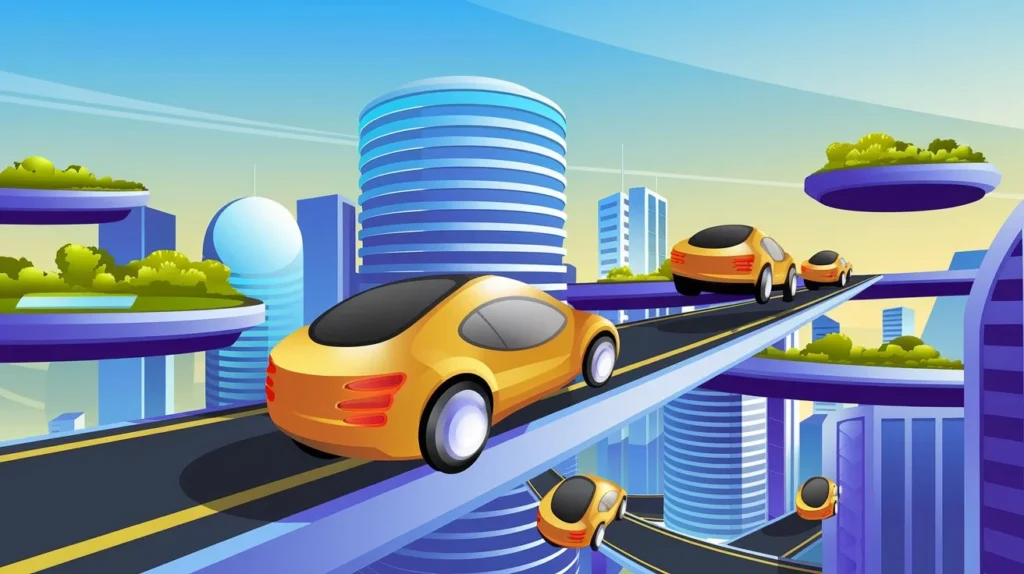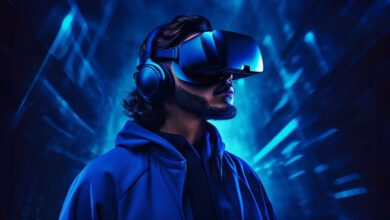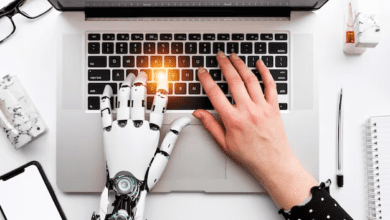
Top 3 AI Image Race Swap To Use In 2024
The world of artificial intelligence has made incredible strides in recent years. One area that’s drawing attention is AI image manipulation, specifically “AI image race swap.” This technology lets users alter the appearance of individuals in photos by changing their race. It’s a fascinating application of AI, but it also comes with a lot of debate. So, what exactly is AI image race swap, and why are people talking about it?
In this article, we’ll dive into the details of AI image race swap technology. We’ll explore the ethical questions, societal impact, and the top tools available. Ready to explore this controversial yet intriguing field? Let’s jump in.
What is AI Image Race Swap?
The use of artificial intelligence to shift the race of individuals in the picture is termed as AI image race swap. This process entails changing the facial features, skin color, and at times hair texture of the person involved. The AI understands the image and reconstructs a version of the image typical of features of a different race. This technology is based on the breakdown of the recording into fragments and also on the use of machine learning.
Deep learning algorithms utilize large datasets of human faces for the training of the AI models. These datasets involve people of different races and ethnicities. This information is then utilized by the AI to identify the racial classifier attributes including facial features that are recurrent in those races. Lastly, the extracted features are used on the original image to produce another version that represents a different race from the subject.
How Does AI Race Swapping Work?

The race swap process in an AI begins with a source image. This image is then studied by the AI, paying special attention to the area of the eyes, nose, mouth, and cheekbones. In additional to sex, the model also considers the skin color, type of hair, and other parameters of physical appearance. Then, it compares those feature traits with the images of the distinct racial groups that are stored in its database.
After matching process is done the AI uses the newly generated racial characteristics to apply onto the original photo. undefined An altered image in which the race of the given subject looks different. However, it is important to state that there are some tools that provide an option to set a level of transformation qualitatively. It is usually possible to intervene to change either the skin tone, the face structure or any other aspect that the user wants.
Why Is AI Image Race Swap So Popular?
Such AI race-swapping tools have gained much attention for the following reasons. First of all, it is an entertaining feature that allows the users apply makeup without actually doing that.
Second, the use of the technology is easy since it is created to be easily manageable by the user. Most of the online services incorporate a race swapping feature with ease through the simple control of the keyboard. You input an image, choose the style of change you want, and the A.I gets to the work. This accessibility has made it popular among, especially the casual users and even those who are creating content.
Lastly, AI race swap is an imposition with individuals’ desire to know about shifts in identity and representation. The described technology enables users to answer such questions as ‘What would be my physical appearance if I was born in a different eth/rac group?’ The technology enables people to mentally experiment with the ways racial identity is constructed.
Ethical Questions and Concerns
While AI image race swap is fascinating, it also raises significant ethical questions. Many argue that race-swapping technology trivializes serious conversations around race, identity, and history. Swapping races in an image, some say, turns complex issues into a form of entertainment. Is it ethical to change someone’s race in a photo? And what message does this send about racial representation?
One of the biggest concerns is the potential for misuse. People may use race-swapping technology in harmful ways, such as creating offensive or racist content. The AI models used for race swapping might also reinforce racial stereotypes. Some AI-generated images may unintentionally perpetuate harmful ideas about certain racial or ethnic groups.
Another concern is consent. If someone’s image is altered without their permission, it could lead to significant harm. Imagine someone using your photo for race-swapping without your approval. This could be particularly problematic for public figures or celebrities.
Can AI Race Swap Be Used for Positive Purposes?

Despite the ethical concerns, some argue that AI race-swapping technology can have positive applications. For example, artists can use it as a tool for creative expression. In the hands of the right creators, this technology can challenge traditional ideas of race and identity. It might even be used to start meaningful conversations about representation and diversity.
In academic settings, researchers could use AI race-swapping tools to study how people perceive race. By analyzing reactions to race-swapped images, researchers can gain insights into societal attitudes about race and identity. Additionally, in certain controlled environments, race-swapping technology might have educational value.
Still, it’s crucial to approach this technology with care. While there may be beneficial uses, the risks of misuse and harm are very real. If race-swapping technology is to be embraced, it must come with clear ethical guidelines and safeguards.
Top 3 AI Image Race Swap Tools
Curious about trying AI race swap technology for yourself? Here are the top three tools that have made waves in this space:
1. FaceApp
Necessary to mention, FaceApp is an application that has been popular for years as a tool for changing facial features. Now, FaceApp is going further than famous ‘aging’, ‘gender swapping’, or ‘changing the look of the star from teenage to the old man’ options. It is easy for use and some of the best option for making quick transitions. Nonetheless, there are some controversies with FaceApp related to customers’ privacy, so its usage should be followed cautious.
2. Reface
Reface is one of the apps that enable users change their appearance, their race included. The deepfake technique it has adopted is among the best in the market and as such their work is done in detail and the transformations are almost natural than most of its counterparts. Using Reface, a person has a broad list of face manipulation tools to choose from, so it is entertaining when raced swapped.
3. Artbreeder
Artbreeder is widely used and known especially by artists and those who are involved in creating new works. Most of them are apps that use AI in helping the user mix and generate new faces. Rightly said, it is not specifically a race swapping tool, but it lets the users play around with the facial morphology, which includes race. Artbreeder is slightly more flexible than most of the tools by allowing the user to control the change fully.
What’s the Future of AI Race Swap?
With time and development, AI will continue to advance and enhance its features like race swapping. Consequently, the technology will improve in its realism and accuracy. This in return creates a new dimension on how creativity and freedom can be achieved. However, it also enhances the ethical implication that we have discussed above this time to the maximum level.
In the future, there could be more stringent measures taken against the use of Artificial Intelligence in race swapping. We may also observe that there are enhanced tools that can facilitate the detection and prevention of abuse of this technology. Some of the potential developments that may be seen in implementing AI into the development process may include:
How Should We Approach AI Race Swap?
It is, therefore, pertinent to note that AI race-swapping is a liberating and entertaining tool to many individuals. But we have to exercise care so that we do not lose the big picture altogether. In view of this, care should be taken to observe ethic issues that surround the use of race-swapping technology. This knowledge of the capability of harm is as much essential as the feeling of the creativity of this option.
Final Thoughts
This itself of AI image race swap is a powerful tool and a bit more complicated. It provides the chances of making an art and searching for… But it also comes with several issues relating to race, identity, and ethic. While advancing on the way, we need to act more responsibly In this case, it is the development of this technology. In this way, we can make AI race swap to be creative and also socially acceptable to enhance the use of technology in the society.
Frequent Asked Questions
Is AI image race swap ethical?
The ethics of AI image race swap depend on how the technology is used. While it can be a fun and creative tool, it also raises concerns about trivializing race and perpetuating stereotypes. Misuse, such as creating offensive or harmful content, can be problematic. It’s essential to use the technology responsibly, keeping in mind the potential impact on individuals and communities.
2. Can AI race swap technology be used for educational or research purposes?
Yes, AI race swap technology can be used in controlled, educational environments. Researchers and educators can explore how society perceives race and identity through AI-generated images. However, clear ethical guidelines must be established to prevent harm, ensure consent, and foster meaningful discussions around representation and diversity.



